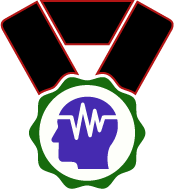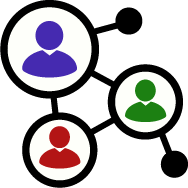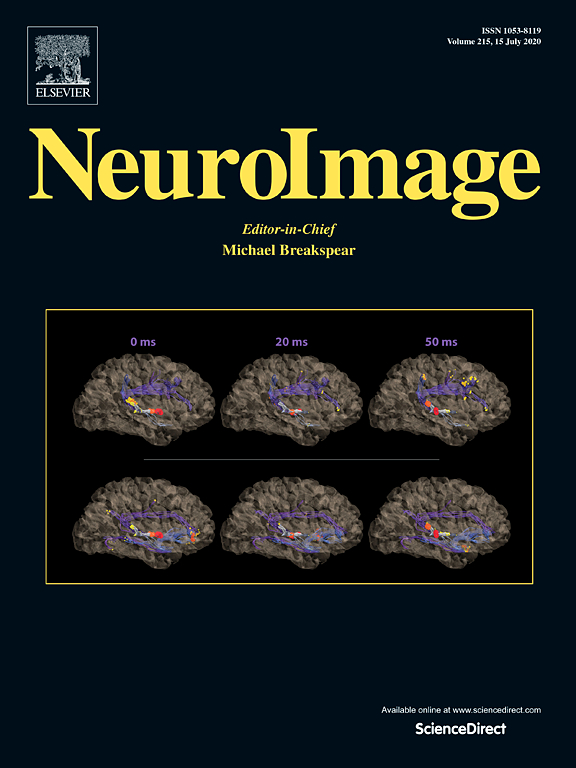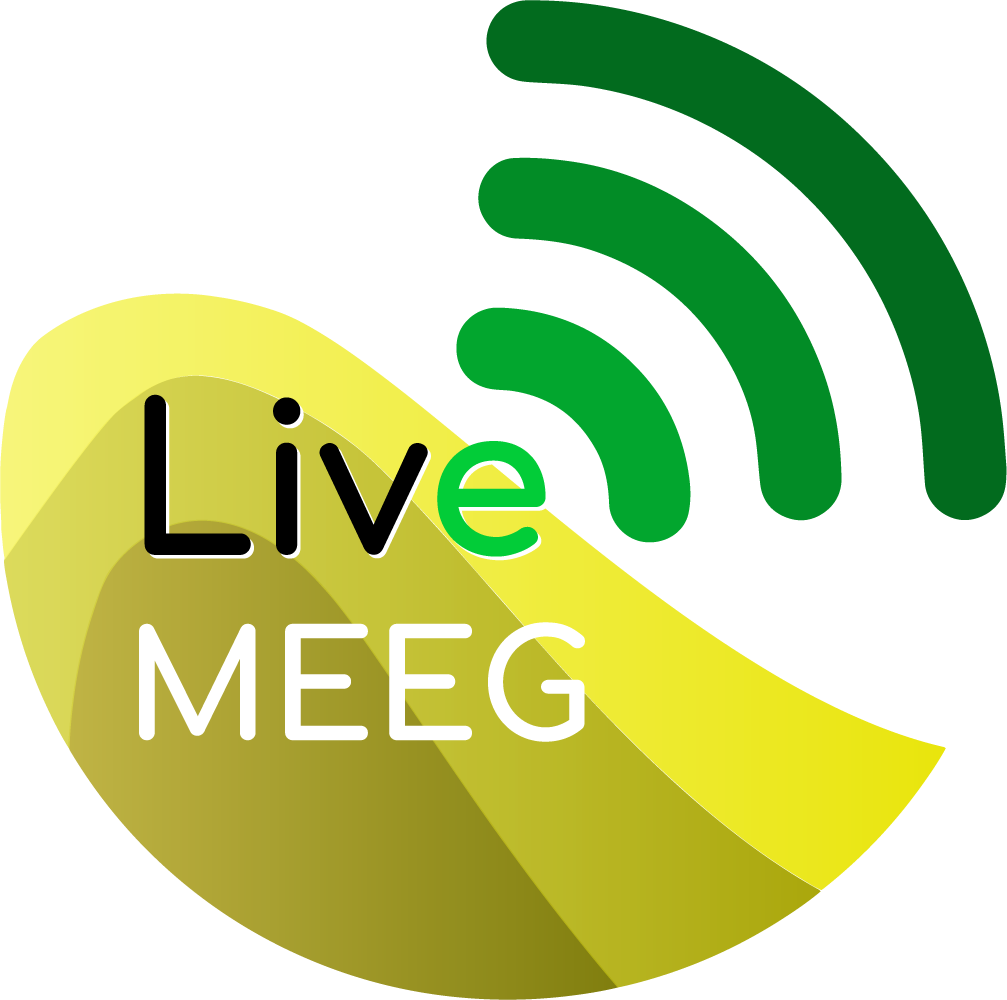Event Description
Good Scientific Practicies in MEEG… it is HERE!
Please find here the description of the different aspects addressed by this first of his kind event.

Good Scientific Practices
Why is important? Why now? What does it actually mean?

Online Event
What kind of talk will be given? How to participate? What equipment do I need?

Special issue Warm-up
More information about the series of articles that will be published in NeuroImage.
In recent years, a surge of innovative methods have been invented to analyse M-EEG data, such as coupling analyses, decoding algorithms or bayesian modelling. Thanks to the development of open software toolboxes, these methods are spreading rapidly in the community. But, with new freedom come new responsibilities, and although tutorials are offered regularly to promote these new methods, using them correctly in the context of a larger research project is becoming increasingly difficult.
Meanwhile, practices are also evolving, and tools designed to promote good research practices are also constantly invented and appropriated by the community. The creation of the Brain Imaging Data Structure (BIDS) is an example of the convergence of enforced good practices, open science, and format facilitates data sharing. Online repositories allow sharing analysis scripts. Preregistration reports allow avoiding the pitfalls of circular reasoning or post-hoc theorizing. All, these initiatives are now more and more promoted by journals and funding agencies. Although it provides help to researchers, it can be overwhelming to utilize the right tools at the right moment.
To answer your questions and needs regarding these topics, CuttingEEG continues more than ever to be your conference. With LiveMEEG!, you will be able to listen but also to participate in round tables with knowledgeable PI, OSF specialists and representatives of fundings partners.
The meeting will take place online in early october, at the start of the new academic year. Your are :
- A student starting your internship and looking for complementary advice?
- A young PI eager to well-reason your research group?
- A senior PI willing to manage the forefront of MEEG research?
LiveMEEG is meant for you.
La faudrait expliquer comment ça va se passer, mettre des logos de crowmcast etc.
LiveEEG will be free and online and thus be accessible to anyone, anywhere.
The meeting will consist in long and short communications:
- Long communication will be dedicated to specific topics and will be followed by substantial discussion between participants.
- Short communications will take place in chat rooms to emulate the most exchanges between the presenters and the public.
Both types of communication sessions will end with round tables enriched by invited scholars and consultants.

The LiveMEEG! Meeting will foster a series of publications on good practice in MEEG. NeuroImage editorial team has already and in principle endorsed the proposal from the cuttingEEG team to edit a special issue dedicated to the conference topics. As a matter of fact, our meeting will be the spinal stem of this contributing work and we will look for participants willing to contribute as co-author.
